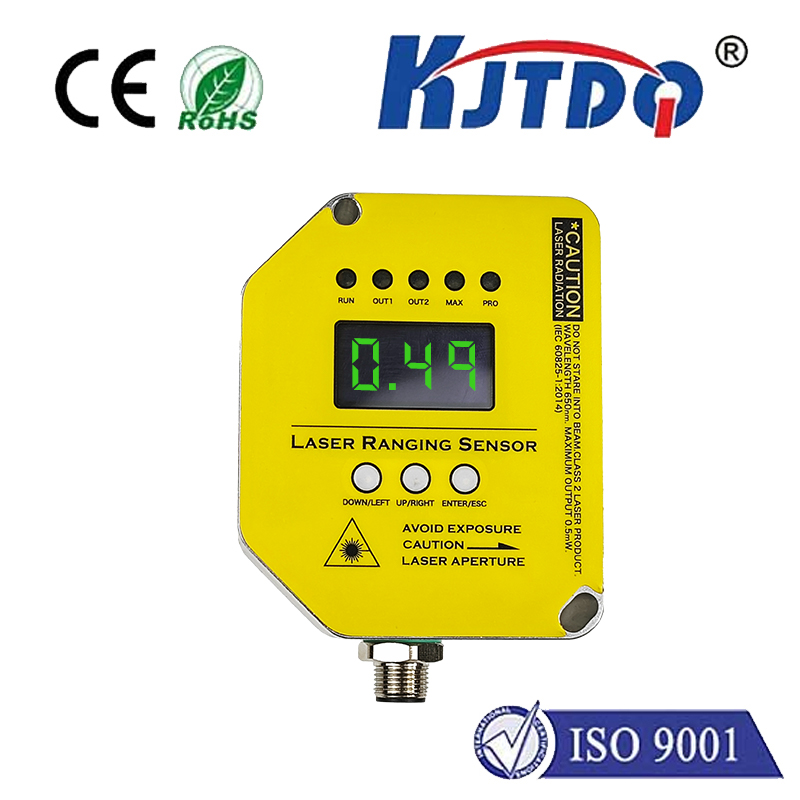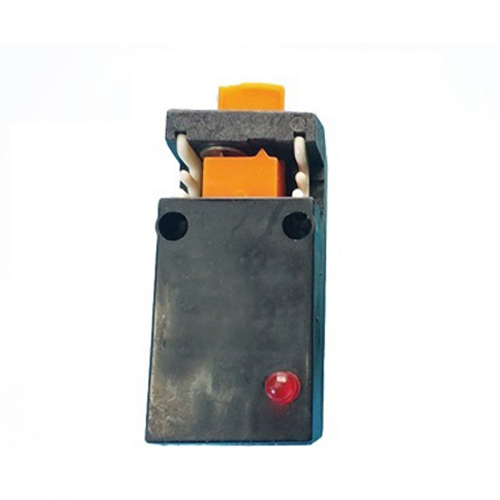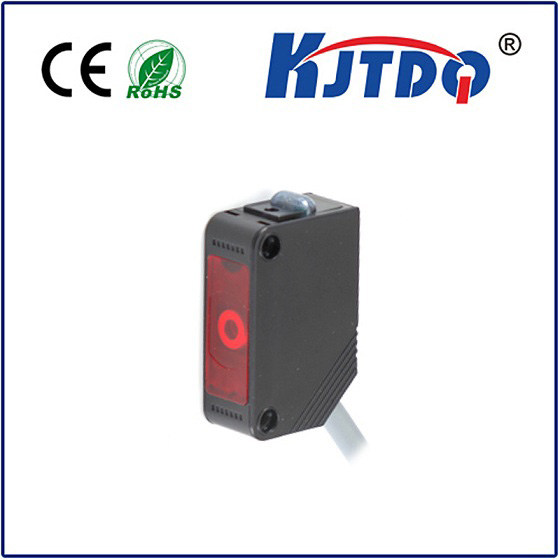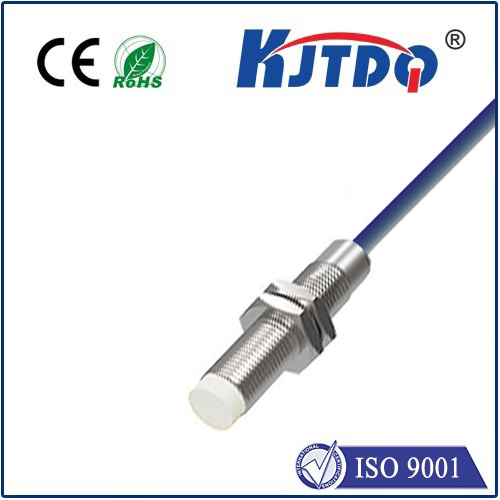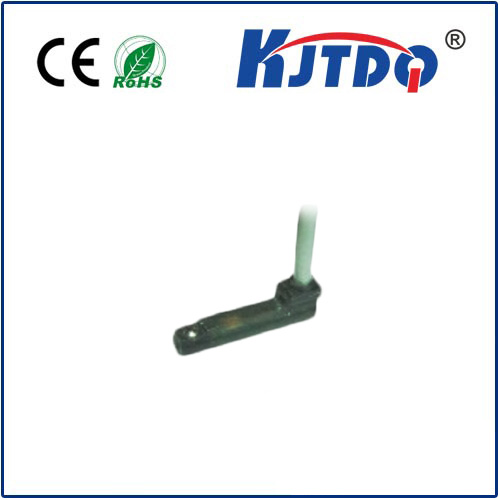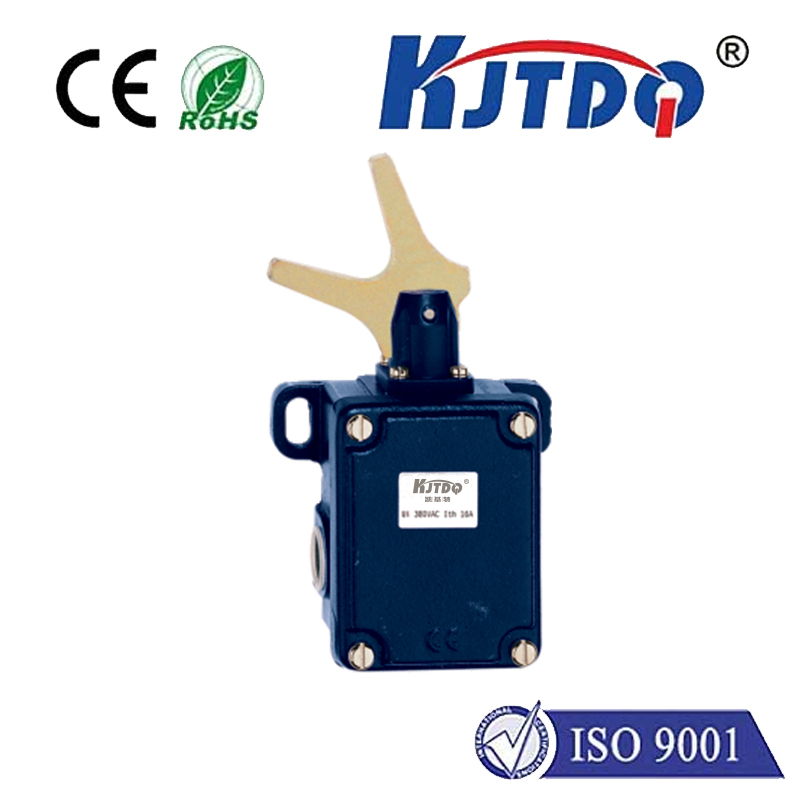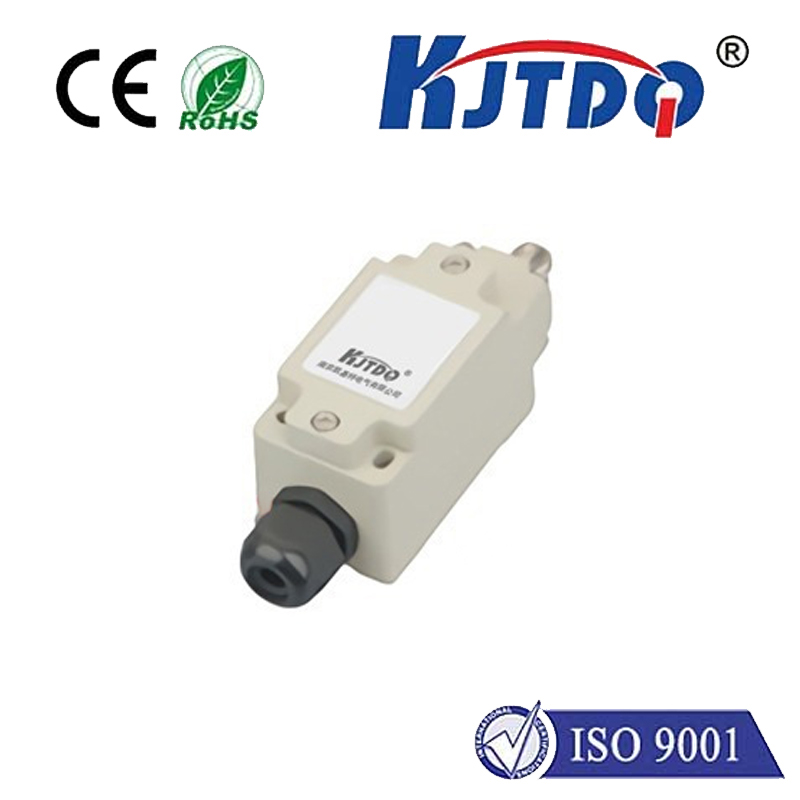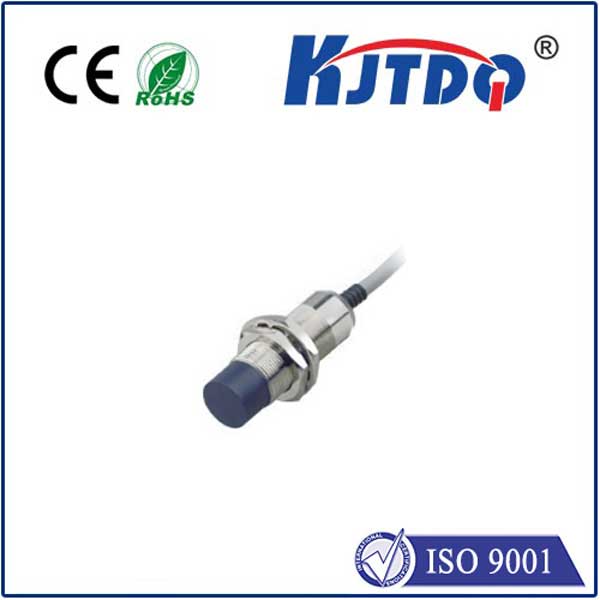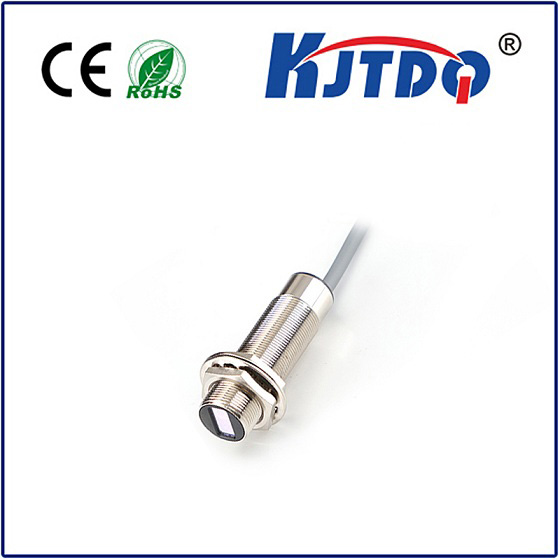

check

check

check

check

check

check

check

check

check

check
I. Introduction to Inductive Pick Up Sensors
A. Definition and Function of Inductive Pick Up Sensors
B. Types of Inductive Pick Up Sensors
C. The Importance of Inductive Pick Up Sensors in Various Industries
II. Technology Behind Inductive Pick Up Sensors
A. How Do Inductive Pick Up Sensors Work?
B. Features and Characteristics of Inductive Pick Up Sensors
C. Comparison with Other Types of Sensors
III. Application of Inductive Pick Up Sensors
A. Transportation Industry
1. Automotive Applications
2. Railway Applications
B. Industrial Sector
1. Robotics and Automation
2. Material Handling Systems
3. Factory Environment Monitoring
C. Medical Field
1. Prosthetic Devices
2. Patient Monitoring Systems
D. Environmental Monitoring
1. Air Quality Monitoring
2. Water Level Detection
E. Other Applications Highlighted by Inductive Pick Up Sensors
IV. Advantages of Inductive Pick Up Sensors Over Other Types of Sensors
A. Improved Accuracy and Reliability
B. Longer Lifespan and Less Maintenance Needs
C. Greater Flexibility and Scalability for Different Applications
D. Cost-Effective Option with High Return on Investment (ROI)
V. Challenges and Future Trends in the Development of Inductive Pick Up Sensors
A. Technical Limitations and Innovations Needed to Improve Performance
B. Advancements in Artificial Intelligence and Machine Learning for More Accurate Data Collection
C. Integration with Other Technologies for Enhanced Functionality
D. Potential Impact on Global Market Demand and Competition
VI. Conclusion
A. Recap of the Main Points Covered in the Article
B. Final Thoughts on the Significance of Inductive Pick Up Sensors in Today's World
